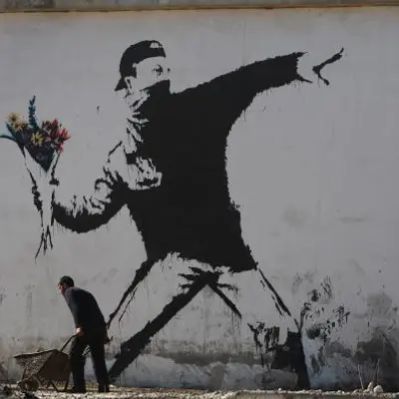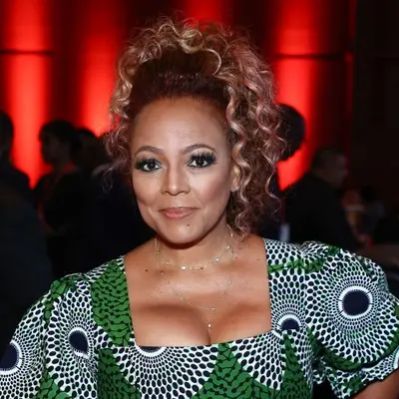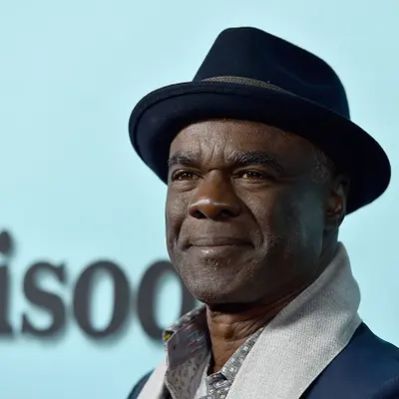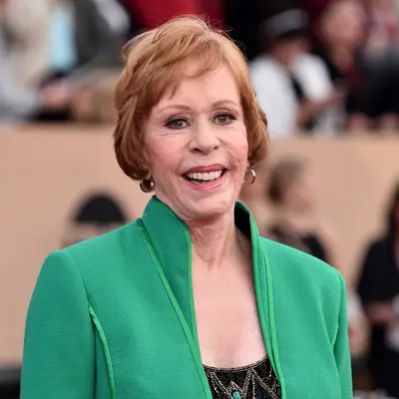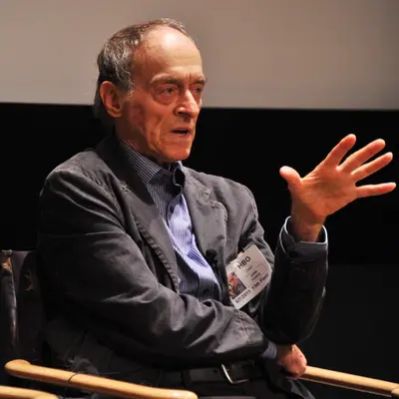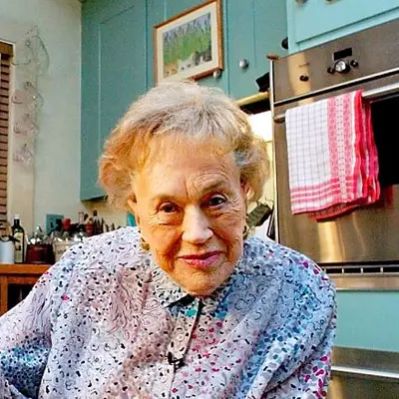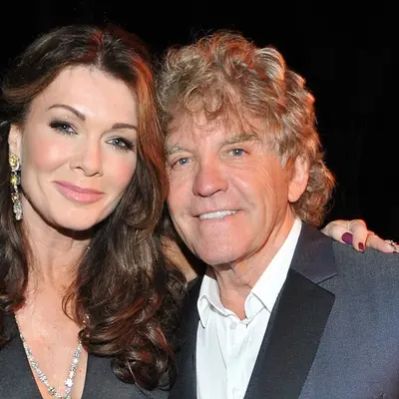What Is Banksy’s Net Worth?
Banksy, the enigmatic street artist and documentary filmmaker, has amassed a net worth estimated at $50 million. This figure reflects the high value placed on his unique and often provocative artwork, though the clandestine nature of his operations makes precise valuation challenging. Banksy’s income streams are primarily derived from the sale of his physical art pieces, including canvases and, more controversially, sections of walls bearing his graffiti.
The Elusive Identity and Early Artistic Pursuits
Information regarding Banksy’s early life and career beginnings is scarce, contributing to his mystique. While the precise details of his upbringing remain unconfirmed, it’s widely believed that Banksy emerged from Bristol’s underground art scene in the early 1990s. He initially worked freehand before adopting the stencil technique around 2000. This strategic shift not only accelerated his art production, enabling him to create more pieces in a shorter timeframe, but also reduced the risk of detection by law enforcement, given the illegal nature of graffiti art.
One prevailing theory suggests that Banksy is Robin Gunningham, born on July 28, 1973, in Yate, England. This hypothesis is supported by geographic profiling, which indicates a correlation between Banksy’s known works and Cunningham’s movements. Furthermore, the DJ Goldie has been noted to have referred to Banksy as “Rob” in public, adding further fuel to this theory.
Key Milestones and Notable Works
Banksy’s art gained significant recognition in the early 2000s. He began showcasing his work in exhibitions, initially in small venues in Los Angeles. This was followed by larger exhibitions such as “Turf War” in a London warehouse. It was during this time that Banksy became known for his subversion of well-known paintings, adding his own unique twist to classic works.
In 2004, Banksy created a series of fake 10-pound notes featuring Princess Diana’s head instead of the Queen’s, further demonstrating his skill in the art of visual disruption. His work on the Israeli West Bank wall, one of the most heavily guarded locations in the world, marked a significant achievement and gained him global attention.
By the mid-2000s, Banksy’s art had become highly sought after by celebrities and wealthy individuals. Christina Aguilera, for example, purchased an original Banksy piece and two prints for approximately 25,000 pounds. Soon after, pieces began selling for upwards of 50,000 pounds. The “Banksy Effect” saw many of his works being sold for sums exceeding 100,000 pounds. In 2007, one of his pieces sold for 288,000 pounds, setting a new record at the time.
In 2013, Banksy set up a pop-up boutique selling original, signed canvases for just $60 each. The shop was manned by an elderly gentleman, and it took hours for people to realize that the artwork was authentic. In 2015, Banksy opened “Dismaland,” a parody of Disneyland. In 2018, one of his pieces sold for over one million pounds.
Art Market Impact and Sales History
The market value of Banksy’s art has fluctuated significantly throughout his career. His initial forays into the art world saw pieces selling for modest sums, with Christina Aguilera’s purchase of an original and two prints for 25,000 pounds being a notable early transaction. As his popularity grew, so too did the prices commanded by his work. By 2007, a Banksy piece had fetched 288,000 pounds, setting a new benchmark for his market value.
The most dramatic demonstration of his influence on the art market came in October 2018. At a Sotheby’s auction in London, one of Banksy’s most iconic works, “Girl with Balloon,” partially shredded itself moments after being sold for £1,042,000 (approximately $1.4 million USD). The act, orchestrated by a mechanism hidden within the frame, instantly became a global sensation, further cementing Banksy’s reputation as an art world disruptor.
Following the shredding incident, the value of the artwork, which was subsequently renamed “Love is in the Bin,” skyrocketed. In October 2021, it was re-auctioned at Sotheby’s and sold for a staggering £18,582,000 (approximately $25.4 million USD), setting a new auction record for Banksy’s work. This dramatic increase in value underscores the profound impact Banksy has had on the art market, challenging traditional notions of ownership and artistic integrity. The sale of “Love is in the Bin” represents a peak in Banksy’s net worth, reflecting the market’s willingness to pay a premium for his provocative and unpredictable art.
Documentary Filmmaking and Media Ventures
In addition to his street art and canvas work, Banksy has also ventured into the realm of documentary filmmaking. His 2010 film “Exit Through the Gift Shop” garnered critical acclaim and was nominated for an Academy Award for Best Documentary Feature. While the precise financial returns from the film are not publicly available, it undoubtedly contributed to his overall net worth through distribution deals, DVD sales, and streaming revenue.
While the exact figures are not public, a documentary that receives an Oscar nomination can generate substantial revenue through increased viewership, licensing agreements, and international distribution deals. Moreover, the film’s success enhanced Banksy’s overall brand and solidified his position as a cultural icon, indirectly contributing to the value of his artwork.
Banksy’s media ventures serve as a diversified source of income, complementing his primary earnings from art sales. They also provide him with a platform to express his social and political views, further solidifying his status as a cultural commentator.
Property Assets
Given Banksy’s penchant for privacy, information regarding his property assets is scarce. It is highly probable that he owns residential and studio spaces in locations such as Bristol and London, where he has been known to work and reside. However, the specific addresses and values of these properties remain undisclosed.
While concrete details about his real estate holdings are unavailable, it is reasonable to assume that Banksy has invested a portion of his earnings in property, as is common among high-net-worth individuals. These investments would serve as both personal residences and potential sources of passive income.
Due to the artist’s dedication to maintaining his anonymity, details regarding any specific investments, including real estate, remain confidential.
 Net Worth Ranker
Net Worth Ranker
